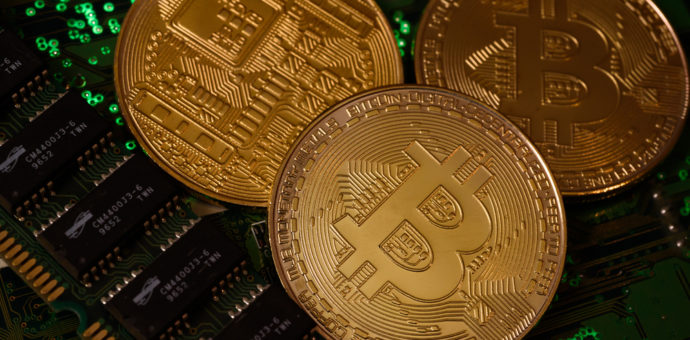Bitcoin’s backing is its “strong and incorruptible” math, says Transfero Swiss head of Research and Portfolio Management, Carlos Russo, in an article published on the website Eu Quero Investir. “Its protocol provides for the issuance of a total of 21 million bitcoin without anyone being able to interfere with it,” he says.
According to the executive, the first traditional coins, as we know them today, appeared in Lydia (today Turkey), in the 7th century A. C. And their value was in the nobility of the materials used in the minting of the first coins, gold and silver.
As the use of coins in commercial transactions grew, it was necessary to create a place to store them. Gold and silver merchants, because they have safes and guards at their service, have come to accept the responsibility of taking care of their clients’ money and giving written receipts of the amounts kept, what we now know as bank notes.
Over time, these papers began to serve as a means of payment for their holders. Therefore, all banknotes issued had a gold or silver correspondent kept in a safe – which gave rise to the banks.
This gave rise to the gold standard, a monetary system that prevailed from the beginning of the 19th century to the middle of the 20th century. By this standard, each bank was required to convert the bank notes it issued into gold (or silver), whenever requested by the customer.

Bitcoin’s ballast is its digital scarcity
Operating under the gold standard regime, the central bank of each country maintained a large part of its international reserve assets in the form of gold. That is, the amount of gold reserves in the country determined its money supply.
However, this system came to an end in 1971, when the United States unilaterally abolished the convertibility of the dollar into gold, determining, as a consequence, the end of the gold standard. Therefore, central bank currencies have also lost ballast. And each country gained the right to issue currency, which caused the loss of the value of money, which we know as inflation.
Bitcoin was created in 2008 by Satoshi Nakamoto as a digitally scarce asset. In other words, its mathematical protocol prevents more coins from being issued than those already foreseen in its creation. And, consequently, let it lose value due to inflation. This is the backing of bitcoin.
The scarcity of bitcoin is one of the pillars of Transfero’s investment thesis for the current biennium, which predicts that digital assets will be the best performers.







